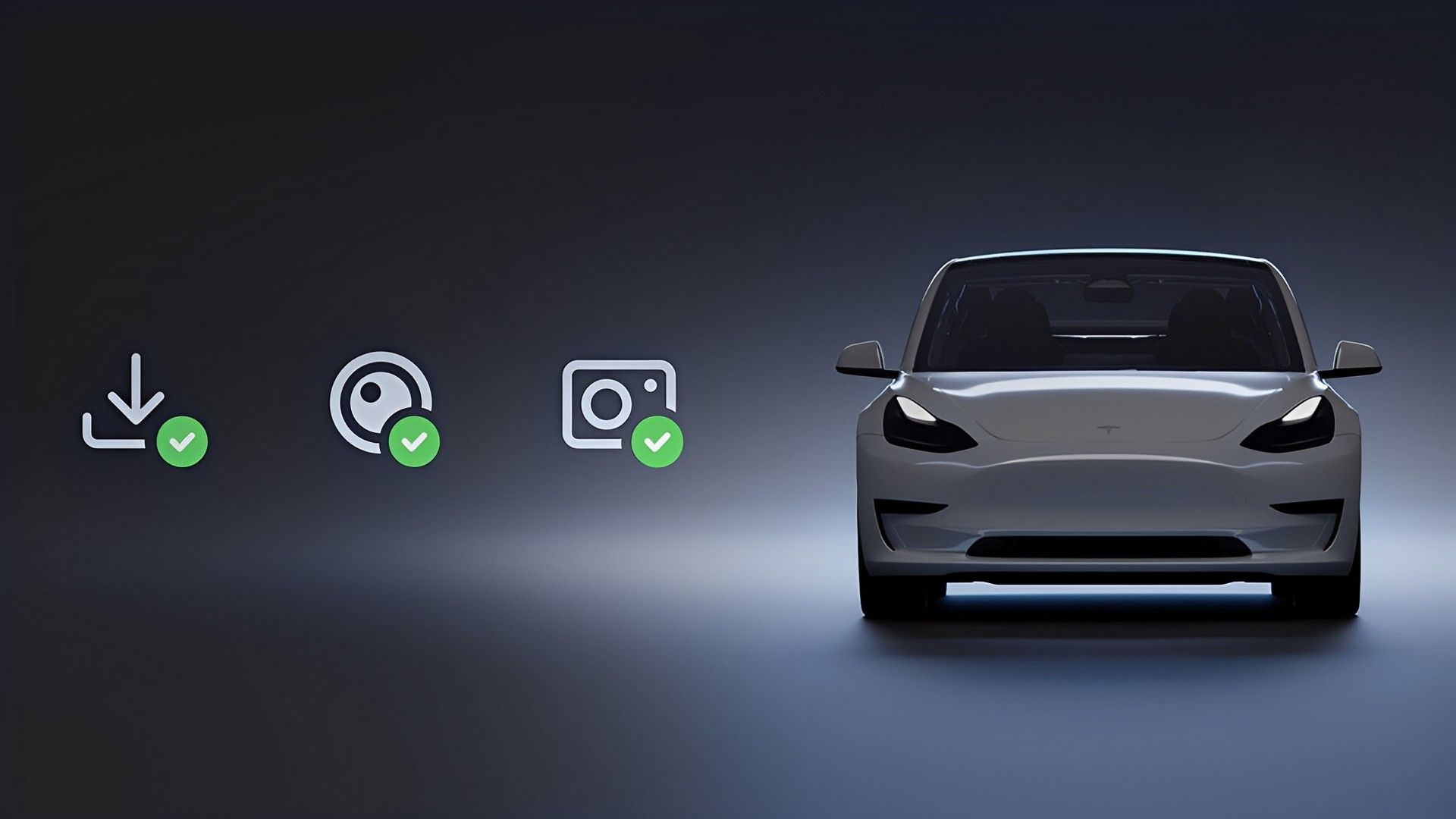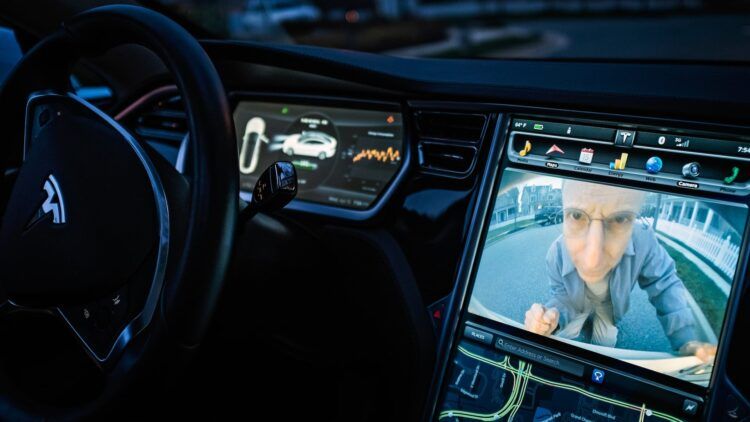According to reports, Tesla employees watched and distributed personal footage of automobile accidents, outbursts of road rage, and other potentially embarrassing events.
Tesla staff members circulated and made fun of private films taken by in-car cameras. The recordings were made on the cameras that are put on Tesla vehicles to enable self-driving features, and they were purportedly exchanged via the company’s internal messaging systems between 2019 and 2022.
The videos released by Tesla employees include awkward situations like a naked man walking up to a car and gruesome collisions and instances of road rage. According to reports, some workers even turned captured footage from recorded films into memes and shared them in secret group conversations.

Some of the films may have even been taken when the cars were off, according to a former Tesla employee. “We could see inside people’s garages and their private properties.” They added, “Let’s say that a Tesla customer had something in their garage that was distinctive, you know, people would post those kinds of things.”
Several staff members once stumbled upon a white Lotus Espirit from a James Bond movie from the 1970s in a garage. Elon Musk, CEO of Tesla, paid about $1 million for the movie prop in 2013.
It was like having access to “god’s eye,” according to former Tesla Autopilot employee John Bernal, who verified that he and a few other employees were able to view private films from Tesla owners’ car cameras.
Bernal said, “Sometimes the only way we could get through the day was making these memes,” and while he did witness one automobile accident while working at Tesla, most of the pictures were amusing and many of the memes focused on making fun of Elon Musk.
How could Tesla collect private videos of customers?
Prior to changing its policy, Tesla required customer consent to collect recordings from non-running vehicles. Tesla was turning off its vehicles’ cameras by default by 2023 after a Dutch Data Protection Authority (DPA) inquiry discovered that Tesla vehicles “were often filming everyone who came near the vehicle.”
Sentry Mode was introduced by Tesla in 2019, with the goal of warning drivers of any suspicious activity surrounding their parked cars and subsequently storing recorded instances in the vehicle’s onboard memory. In a 2021 update, Tesla began enabling users to livestream their surroundings from its automobiles using the cameras included in their cars.
Tesla notes that livestreams are end-to-end encrypted and “cannot be seen” by the firm while stating that “Sentry Mode recordings are not transferred to us” on the feature’s help website. Following the DPA’s inquiry, Tesla also improved Sentry Mode in a few additional privacy-related ways. Instead of immediately beginning to record when it senses suspicious behavior, cameras now only begin to do so when the vehicle is touched. Also, Tesla began flashing the headlights of its vehicles to alert onlookers that they are recording.
Tesla’s Sentry Mode has caused controversy in more than just the Netherlands. Sentry Mode, according to a lawsuit filed against Tesla by the German consumer group VZBZ last year, “violates data protection rules.” Because of worries that the cameras on the cars would record a secret meeting between the country’s top officials, Tesla vehicles were also barred from China’s Beidaihe district last year. The Chinese military also forbade Tesla cars in 2021 due to similar surveillance worries.
Teslas’ driver-assistance technologies, including Autopilot, which follows lane lines and keeps an eye on the movement of neighboring vehicles, are powered by cameras. Sentry Mode, a monitoring device that records any suspicious behavior around a car while it is parked, is another feature included with automobiles.





